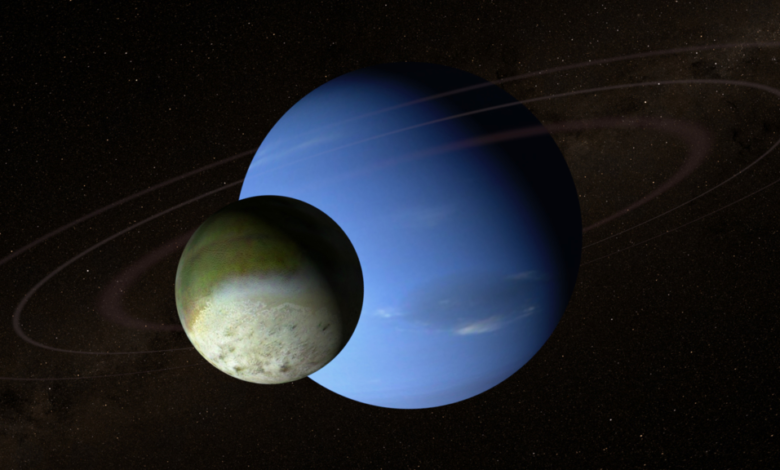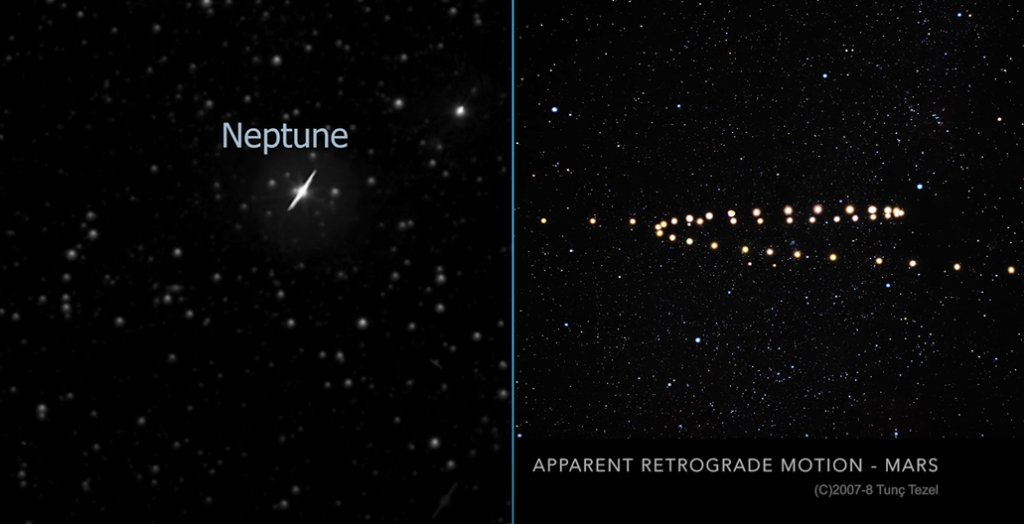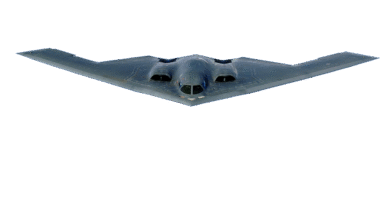
Imagine setting out on a journey to explore one of the most mysterious and distant worlds in our solar system: Neptune. Sounds like a fascinating mission, right? However, the sheer expanse and distance of this enigmatic planet make it a formidable challenge for space exploration. In 1989, Voyager 2 briefly touched Neptune during its grand tour of the outer solar system, but since then, no spacecraft has come close to its distant embrace. But what if there was a way to change this?
A team of ingenious researchers has put forward a groundbreaking concept to overcome the daunting challenges of reaching Neptune and perhaps unlock the secrets of this distant giant. Their plan involves leveraging the thin atmosphere of Triton, Neptune’s largest moon, to capture a spacecraft and achieve orbit around Neptune.

(Image credit: NASA GSFC/Dan Gallagher)
A Faraway World
Neptune is an astronomical outlier in every sense. It resides roughly 30 times farther from the sun than our own planet, Earth. To put this in perspective, Jupiter, the largest planet in our solar system, is only five times farther from the sun than Earth. A mission to reach Neptune would require an extraordinary amount of time and resources due to its sheer remoteness.

The Voyager 2 flyby in the late 1980s provided us with a fleeting glimpse of Neptune, but a more comprehensive mission is a significant challenge. A spacecraft would have to travel enormous distances, carrying an adequate supply of fuel to decelerate and achieve a stable orbit. Unfortunately, with current technology, it’s a Herculean task to make this mission a reality.

(Image credit: NASA GSFC/Dan Gallagher)
Enter Triton, Neptune’s Moon
The researchers’ audacious proposal centers around Neptune’s largest moon, Triton. Their idea is rooted in NASA’s successful Low-Earth Orbit Flight Test of an Inflatable Decelerator (LOFTID) in 2022. The LOFTID program aimed to develop an inflatable shield to protect spacecraft during re-entry into Earth’s atmosphere. This technology could be repurposed for a mission to Neptune.
The plan is relatively simple but ingeniously effective: Send a spacecraft toward Triton and employ an aeroshell, similar to LOFTID, to slow it down. Despite Triton’s incredibly thin atmosphere, which has less than 1/70,000th of Earth’s air pressure, this approach could decelerate the spacecraft enough to enter a stable orbit around Neptune. The beauty of this idea lies in its flexibility, as adjusting the aeroshell’s angle could fine-tune the orbiter’s course, ensuring a perfect orbit.
To achieve this, the spacecraft would need to skim as close as 6 miles (10 kilometers) above Triton’s surface. While this may seem perilously low, Triton’s relatively flat terrain, with no towering mountain ranges, minimizes the risk of a catastrophic collision.
A Shortcut to Neptune
This groundbreaking proposal could significantly reduce the duration of a mission to Neptune. Traditional methods would require a spacecraft to carry vast amounts of fuel to slow down upon reaching Neptune, resulting in an exceedingly long journey. With the aeroshell technique, the mission could take as little as 15 years, an impressive feat given Neptune’s remote location.
But that’s not all. This mission offers the bonus of a close encounter with Triton, one of the most peculiar objects in our solar system. It’s believed to be a captured Kuiper Belt object and holds countless mysteries waiting to be unveiled. The opportunity to study Triton up close, from a vantage point just a few kilometers above its surface, promises to provide invaluable scientific insights.


In the grand tapestry of space exploration, the researchers’ bold concept offers a potential key to unlocking the secrets of Neptune and understanding the mysteries of its distant moon, Triton. If successful, this mission would mark a significant leap forward in our quest to explore the far reaches of our solar system.





Your point of view caught my eye and was very interesting. Thanks. I have a question for you.